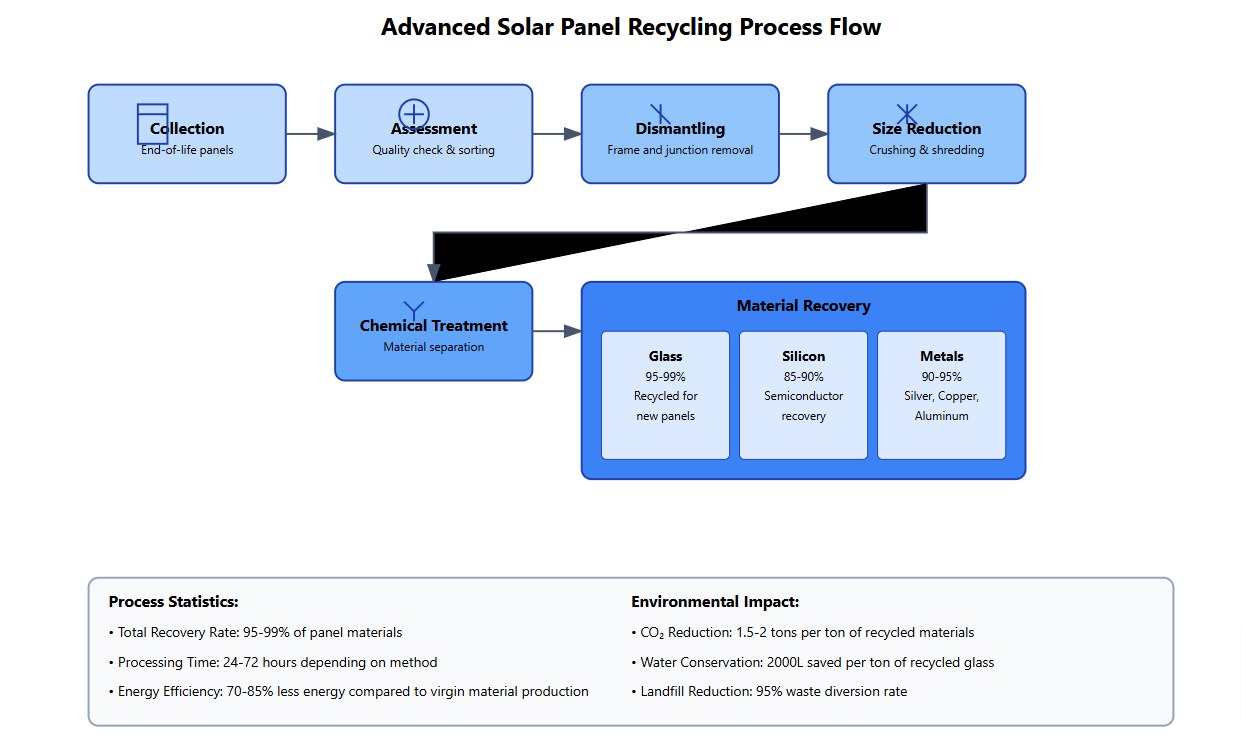Table of contents
Imagine looking through a window that not only provides a clear view of the outside world but simultaneously generates clean electricity. This revolutionary technology, known as transparent solar cells, is transforming our understanding of renewable energy integration in urban environments. According to the U.S. Department of Energy’s Building Technologies Office, buildings account for approximately 40% of America’s energy consumption, making transparent solar technology a promising solution for sustainable urban development. As cities worldwide seek sustainable solutions to meet growing energy demands, these innovative devices offer a unique opportunity to convert existing infrastructure into power-generating assets without compromising functionality or aesthetics.
The Evolution of Transparent Solar Technology
Traditional solar panels, while effective, face significant limitations in urban deployment due to their opaque nature and space requirements. Transparent solar technology overcomes these challenges by leveraging specific parts of the light spectrum invisible to the human eye while maintaining transparency. This breakthrough enables windows, smartphone screens, and other glass surfaces to double as power generators without sacrificing their primary functions.
Technical Foundation

At the heart of transparent solar technology lies a sophisticated system of organic photovoltaics (OPVs) and selective light absorption. As detailed in research published by Michigan State University’s College of Engineering, transparent solar devices utilize specialized organic compounds that primarily absorb ultraviolet and near-infrared light while allowing visible light to pass through. A comprehensive study in the Nature Energy journal further explains how this selective absorption process enables:
- Optical transparency ranging from 50% to 70%
- Power conversion efficiencies reaching 5-10%
- Flexibility in application across various glass surfaces
- Minimal impact on building aesthetics
Market Applications and Implementation

The versatility of transparent solar cells opens numerous applications across different sectors. The International Energy Agency’s Solar Technology Report highlights several key implementation areas:
Commercial Buildings
Modern office buildings, with their vast glass facades, represent prime candidates for transparent solar implementation. A typical skyscraper with 100,000 square feet of window surface could generate approximately 100-150 kilowatts of power during peak sunlight hours. This energy production can significantly offset building operations costs while contributing to sustainability goals.
Residential Integration
Homeowners can benefit from transparent solar technology through:
- Window replacements that generate electricity
- Greenhouse installations combining plant growth with power generation
- Skylight systems that provide natural light while producing energy
Transportation Sector
The automotive and public transportation industries are exploring transparent solar applications for:
- Electric vehicle sunroofs that extend driving range
- Bus shelter roofing that powers digital displays
- Train windows that contribute to onboard power systems
Economic and Environmental Impact
Cost-Benefit Analysis

Initial installation costs for transparent solar technology currently range from $100-150 per square foot, reflecting the advanced materials and manufacturing processes involved. According to the National Renewable Energy Laboratory’s cost analysis, several factors contribute to favorable long-term economics:
- Energy savings of 10-15% on building operations
- Reduced carbon footprint and associated carbon credits
- Integration with existing building materials, minimizing additional construction costs
- Potential tax incentives and renewable energy credits
Environmental Benefits
The widespread adoption of transparent solar technology could lead to significant environmental improvements:
- Reduction in urban carbon emissions by 10-12% when implemented across commercial districts
- Decreased reliance on fossil fuel-based power generation
- Minimal additional land use requirements compared to traditional solar farms
- Enhanced building energy efficiency through both power generation and thermal management
Future Developments and Research Directions
The field of transparent solar technology continues to advance through several key research areas:
Efficiency Improvements
Scientists are developing new organic photovoltaic materials that could push power conversion efficiencies beyond 12% while maintaining high transparency. These advances involve:
- Novel molecular engineering approaches
- Enhanced light-harvesting mechanisms
- Improved charge transport materials
Manufacturing Scalability
Researchers are working to optimize production processes through:
- Roll-to-roll manufacturing techniques
- Advanced coating technologies
- Automated quality control systems
Integration Technologies
New developments in system integration focus on:
- Smart building management systems
- Energy storage solutions
- Grid connection optimization
Implementation Challenges and Solutions
While transparent solar technology shows immense promise, several challenges require attention:
Technical Considerations
- Durability and lifetime of organic materials
- Optimization of power conversion efficiency
- Integration with existing electrical systems
Economic Factors
- Initial cost reduction through scaled production
- Development of financing mechanisms
- Standardization of installation processes
Regulatory Framework
- Building code compliance
- Safety standards development
- Grid integration protocols
Conclusion and Future Outlook
Transparent solar technology represents a significant leap forward in sustainable urban development. As efficiency continues to improve and costs decrease, we can expect to see widespread adoption across various applications. The technology’s ability to transform ordinary windows into power generators while maintaining their primary function makes it a compelling solution for future energy needs.
The next five years will likely bring:
- Increased commercial availability
- Enhanced system performance
- Broader integration options
- Reduced installation costs
As cities worldwide embrace smart and sustainable development, transparent solar technology stands ready to play a crucial role in our renewable energy future. Through continued research, development, and implementation, this innovative technology will help shape the next generation of energy-efficient buildings and infrastructure.










